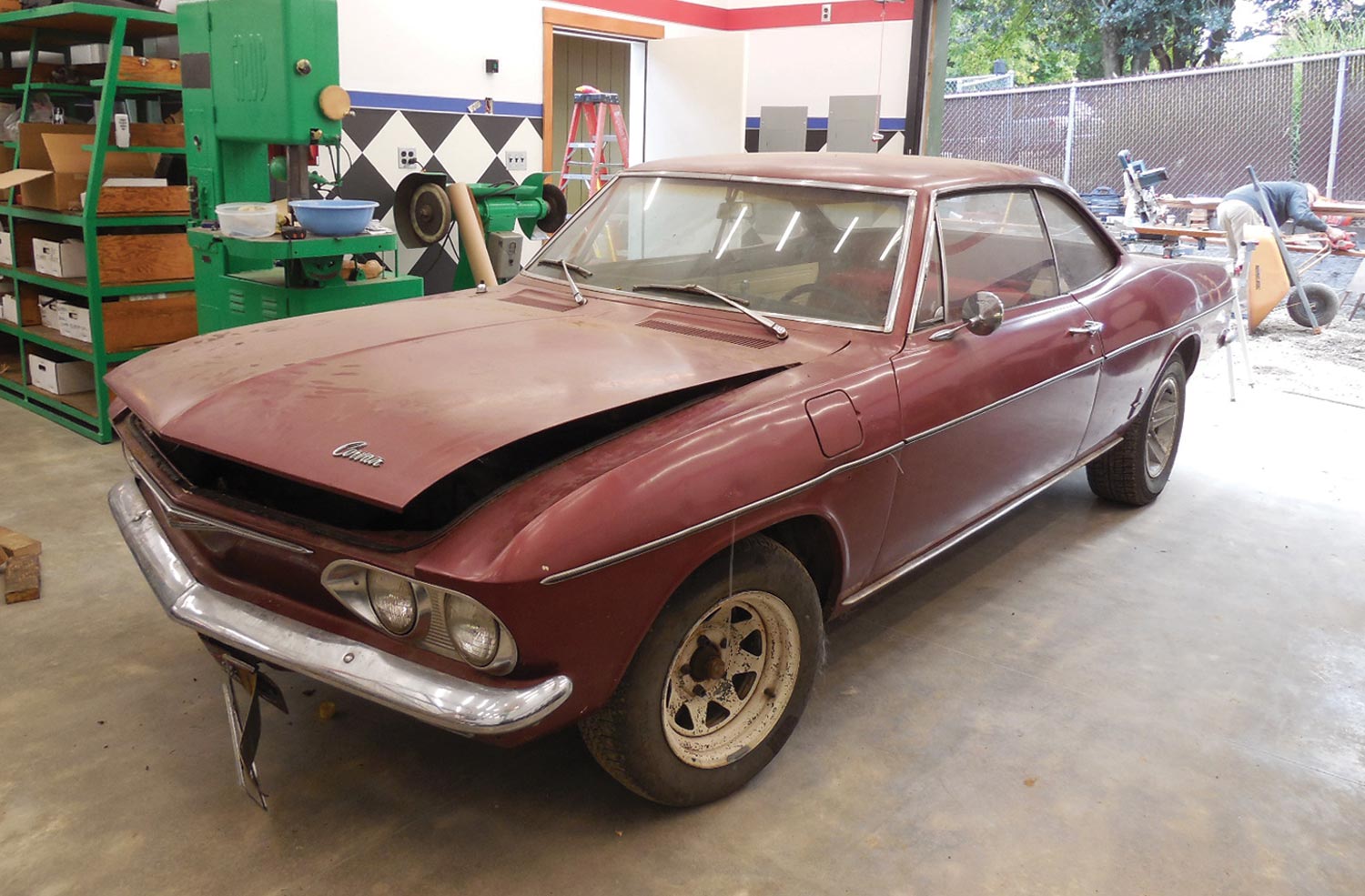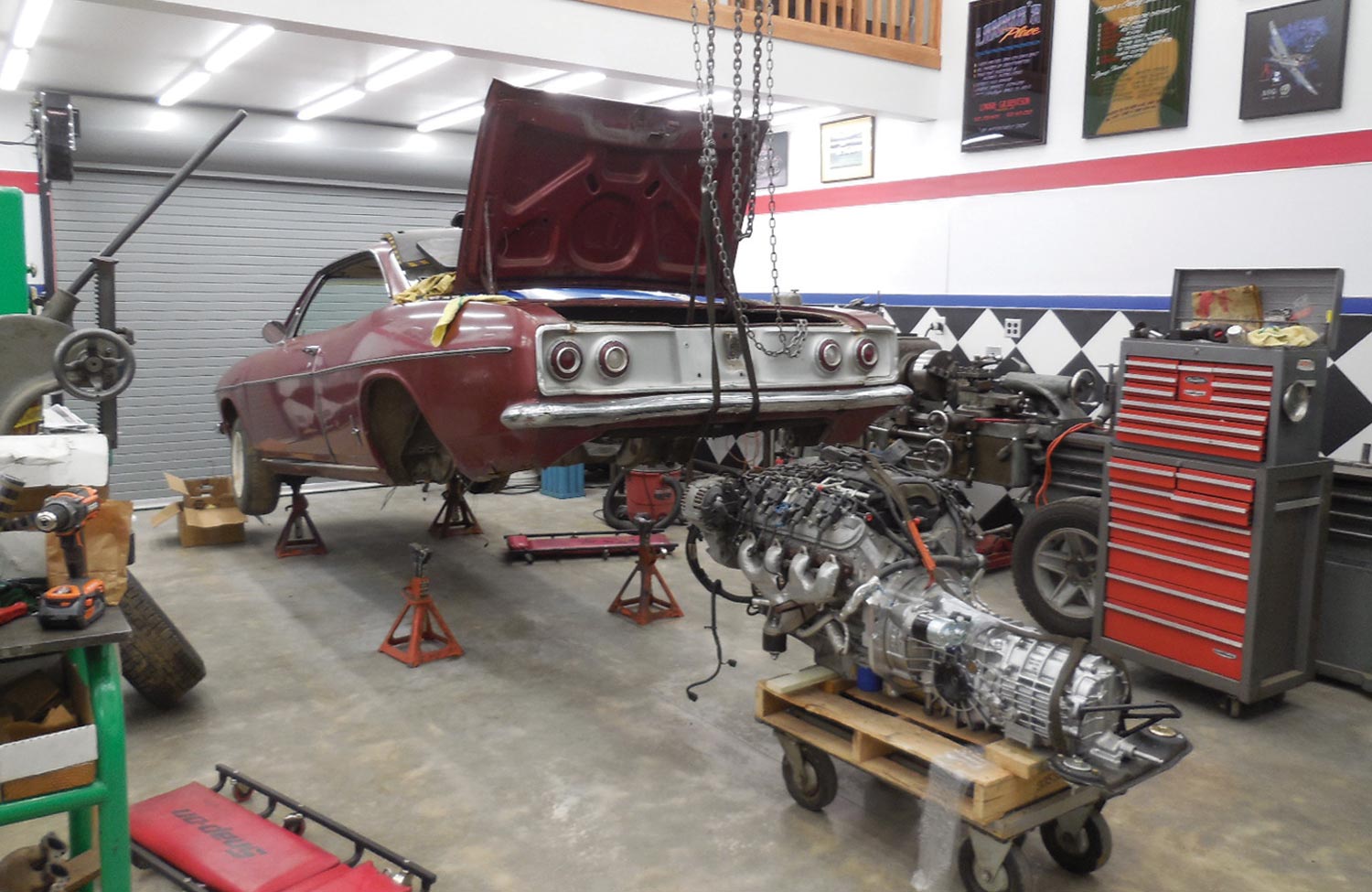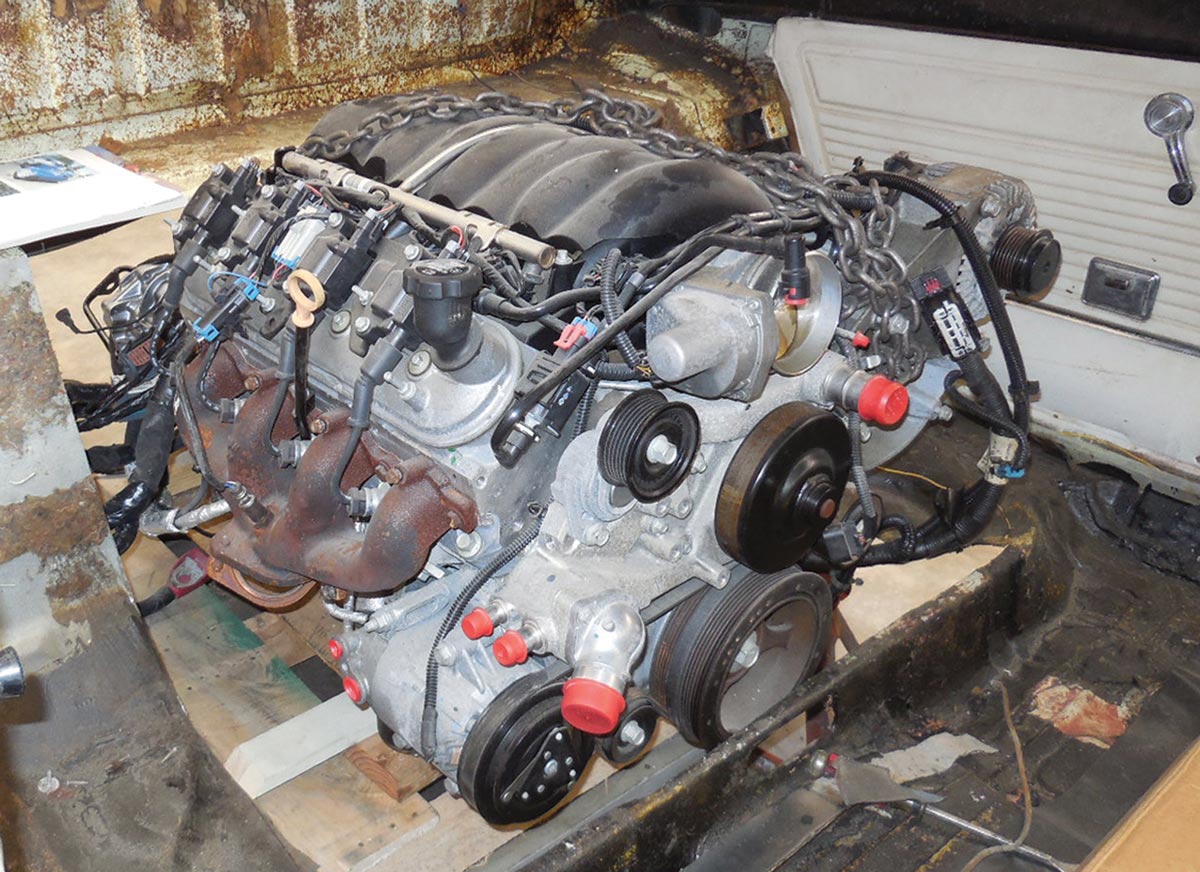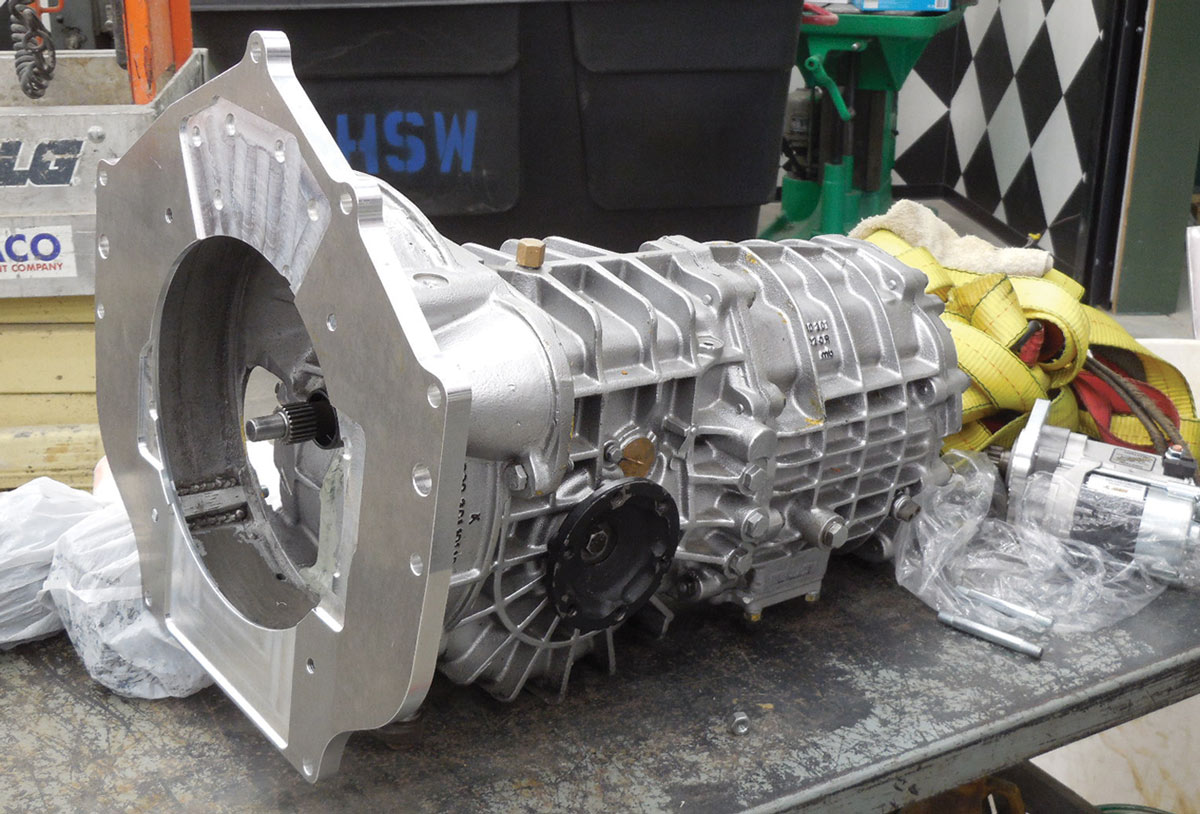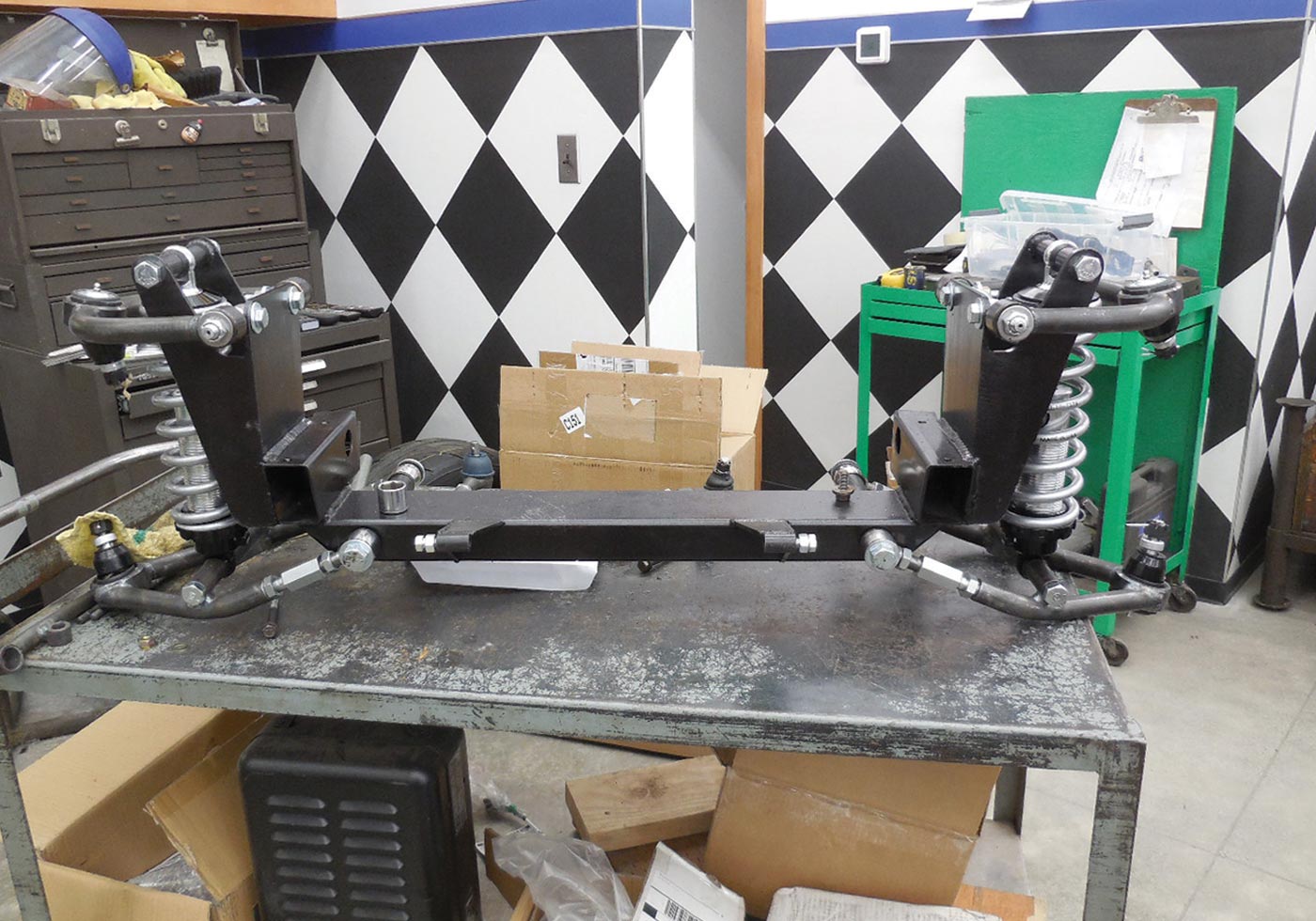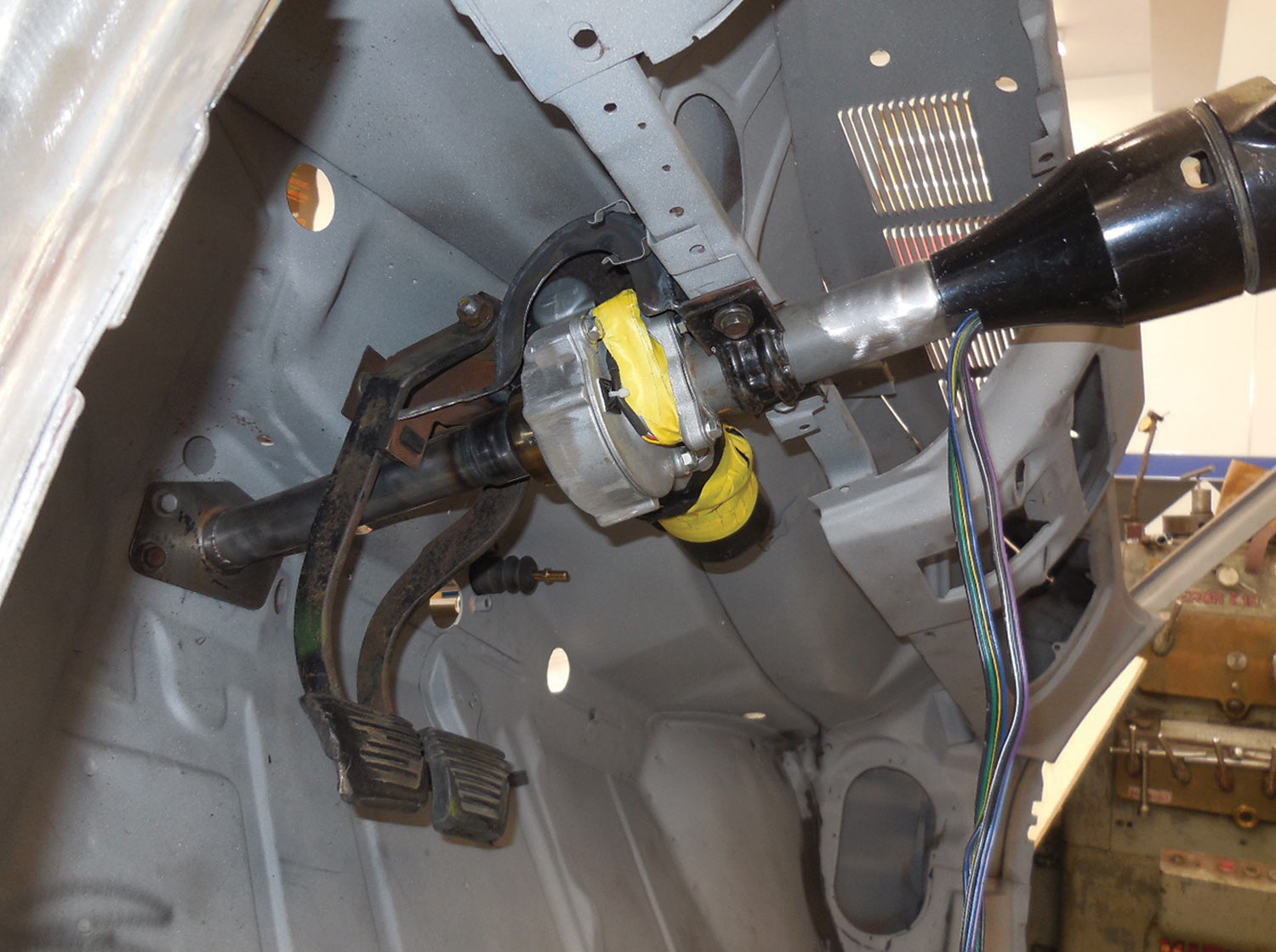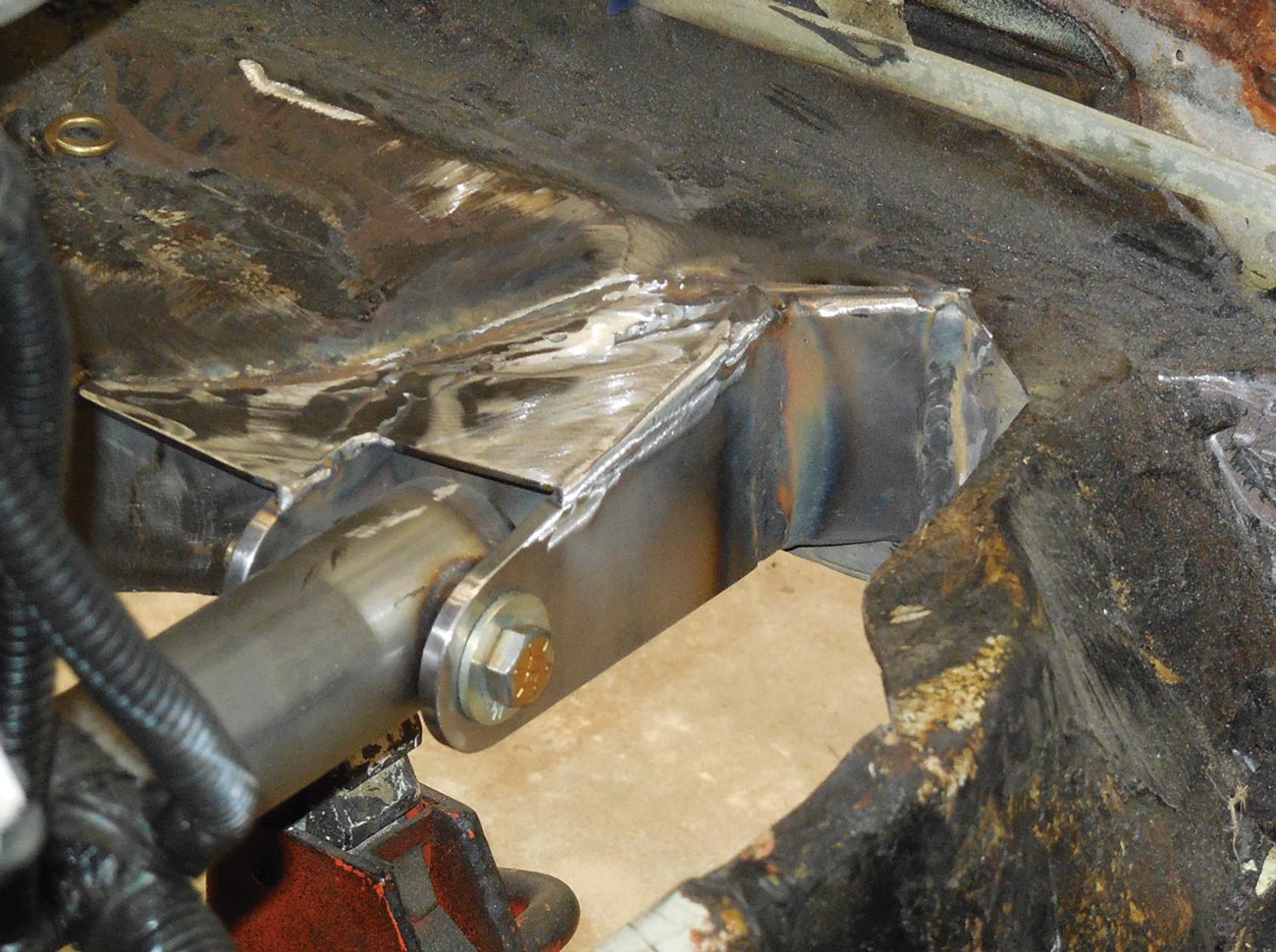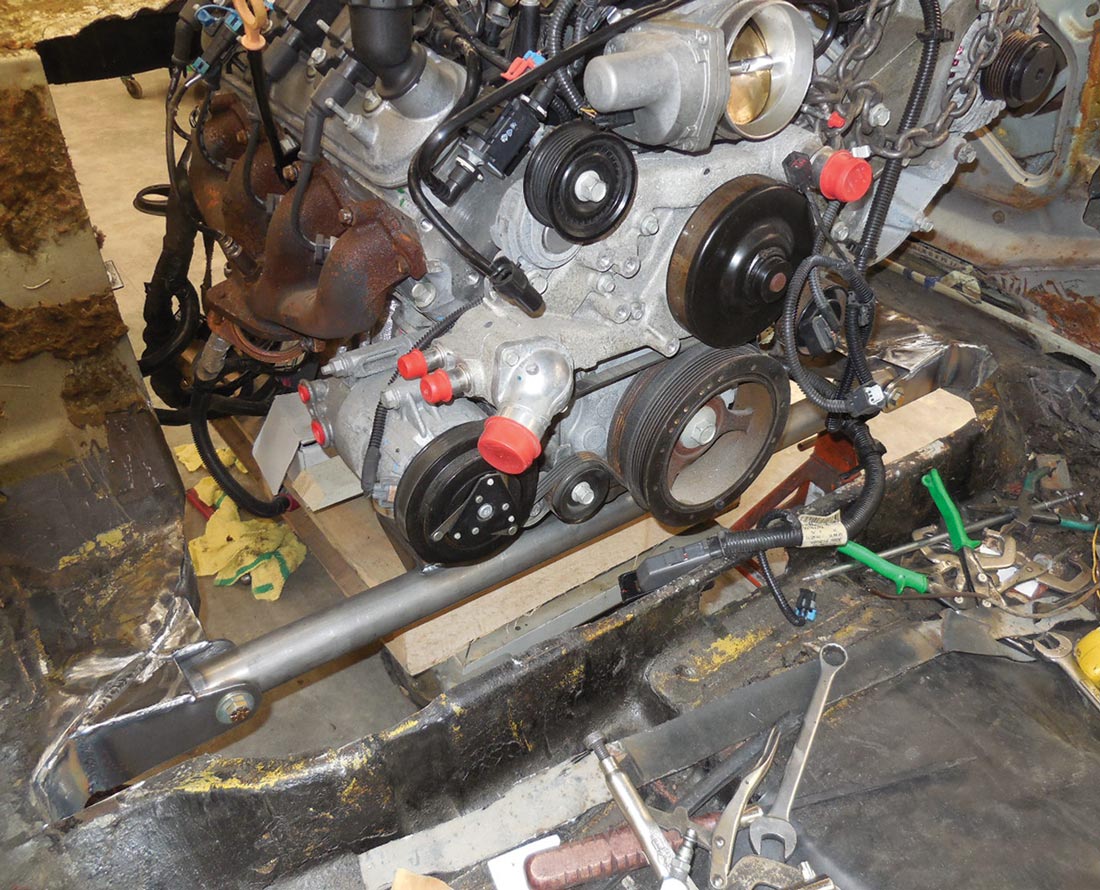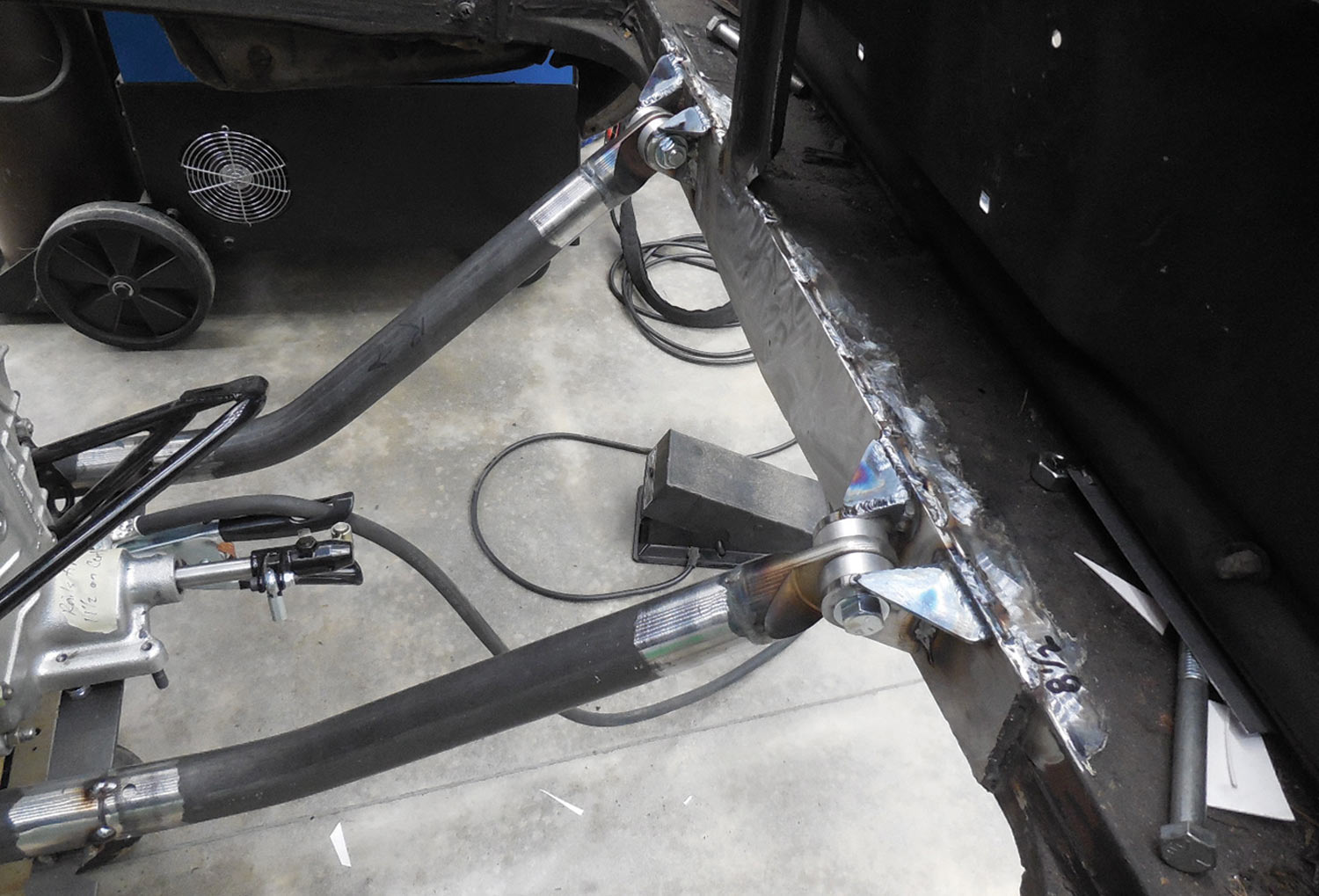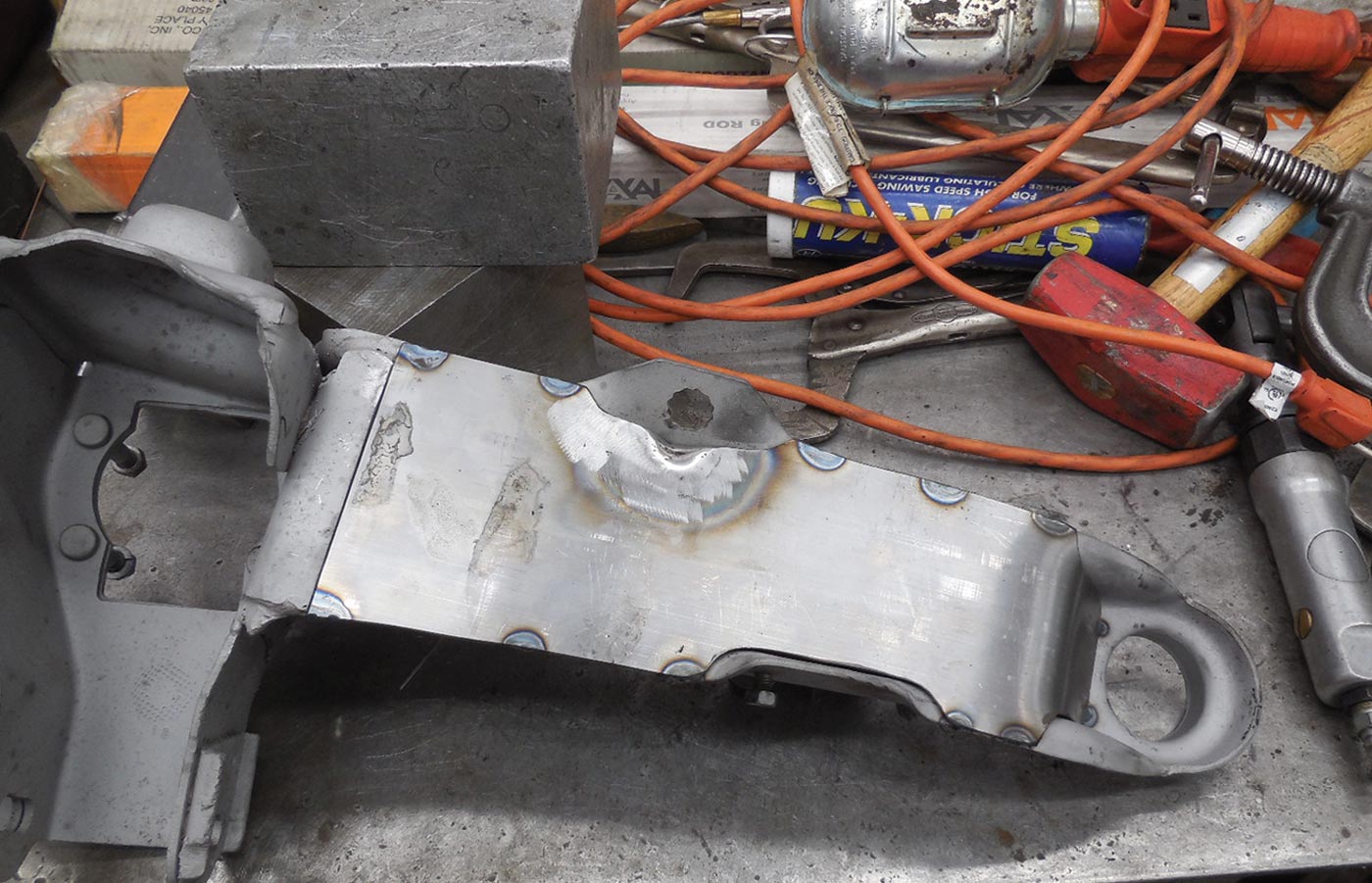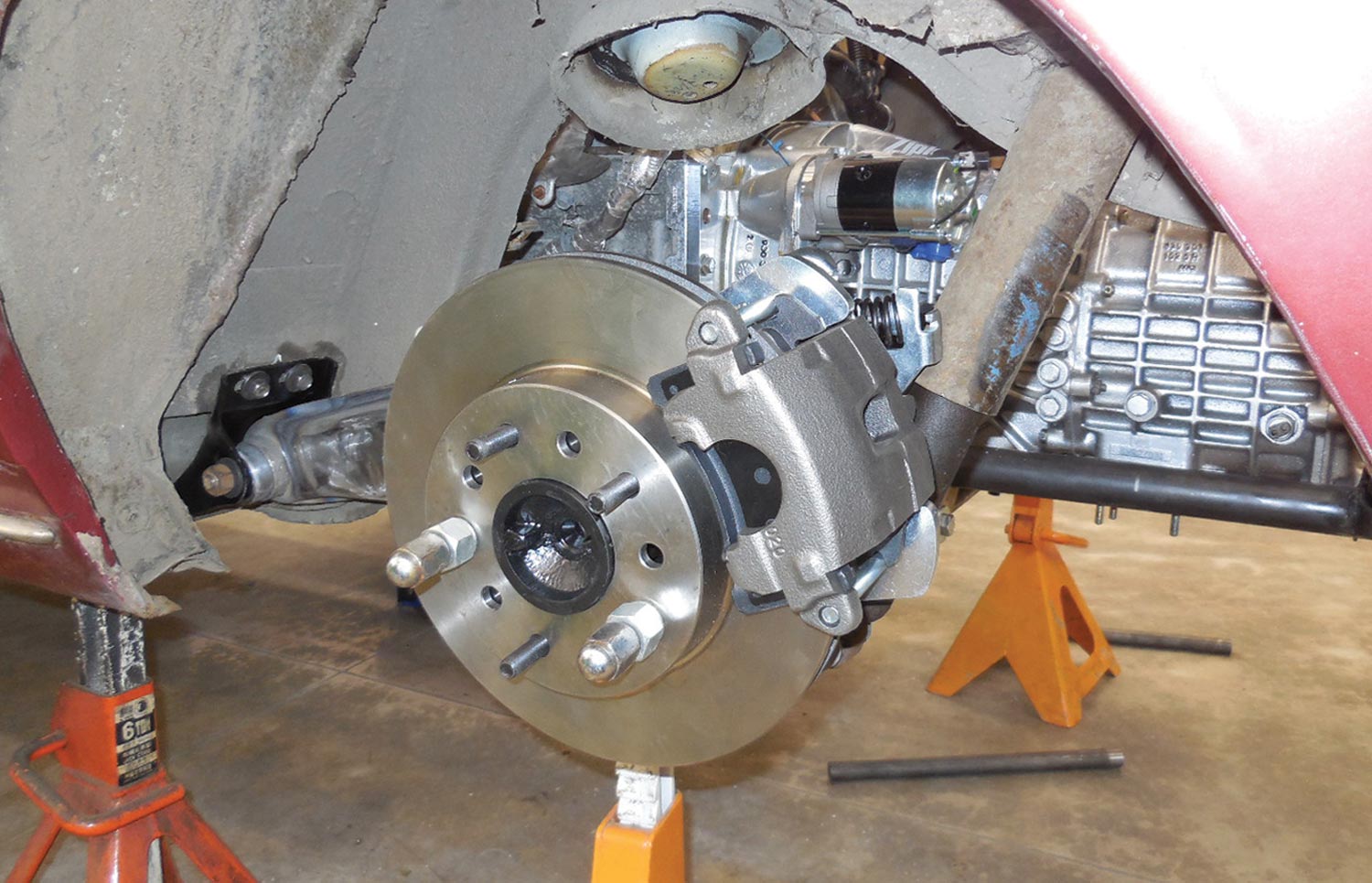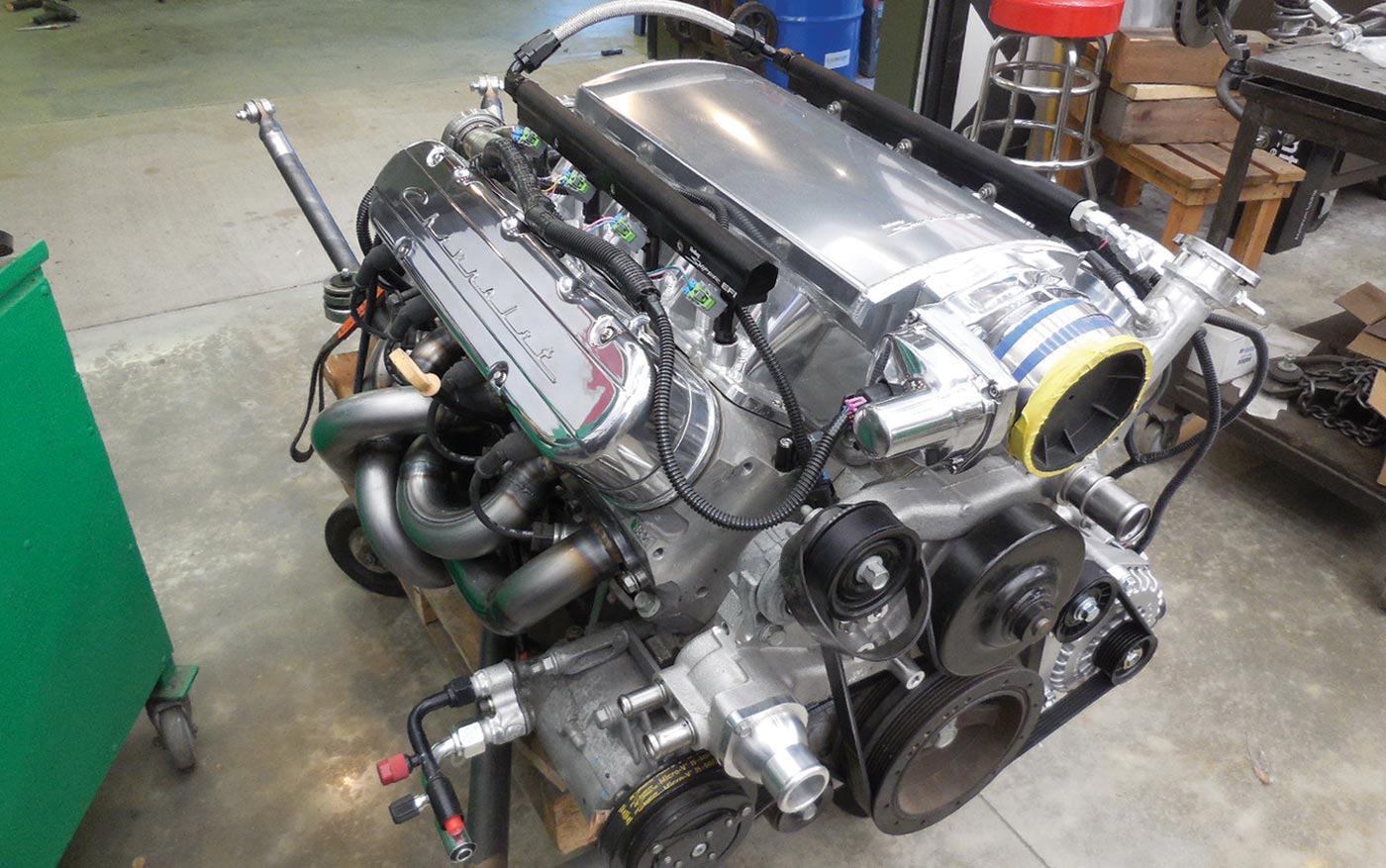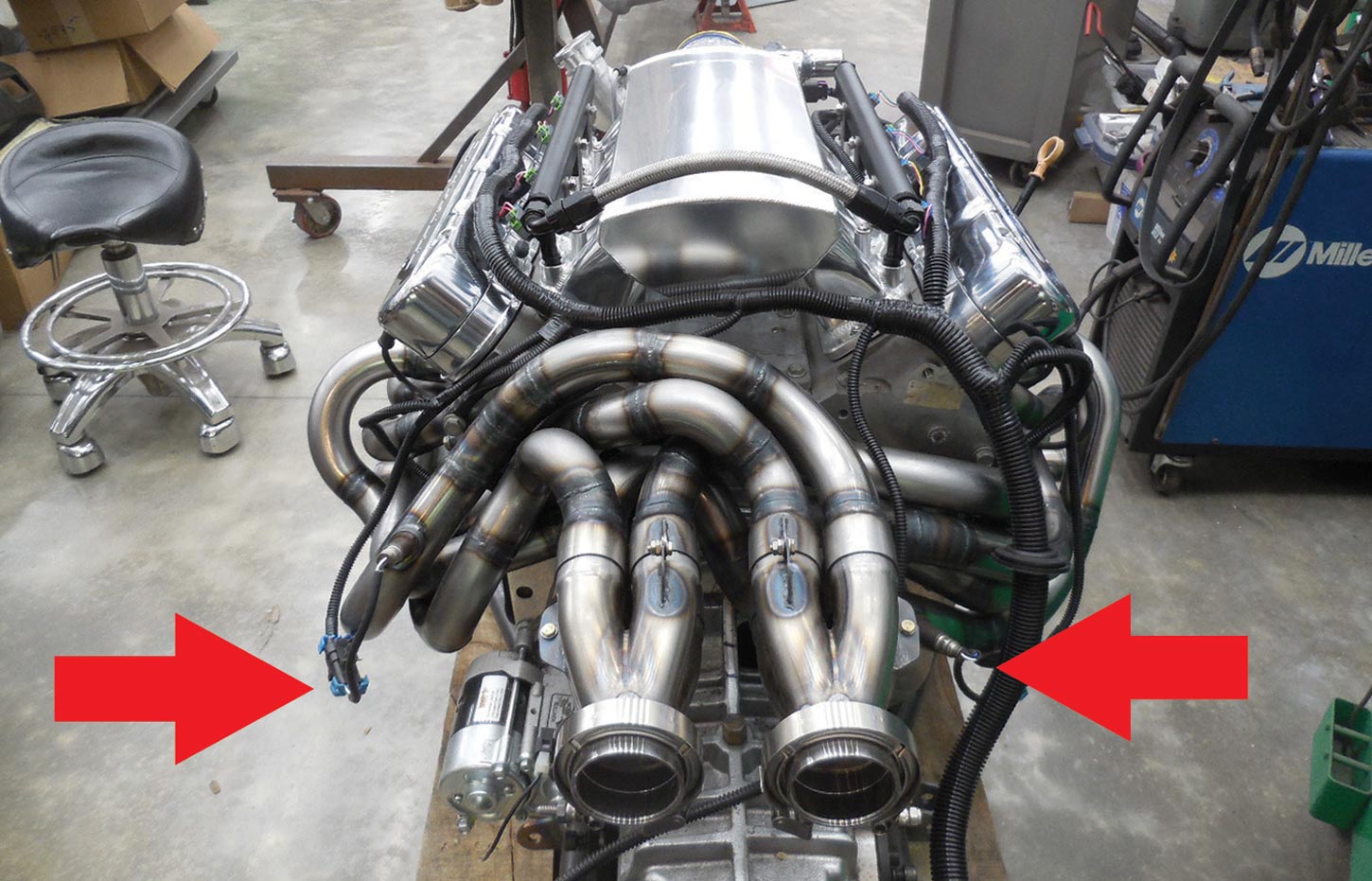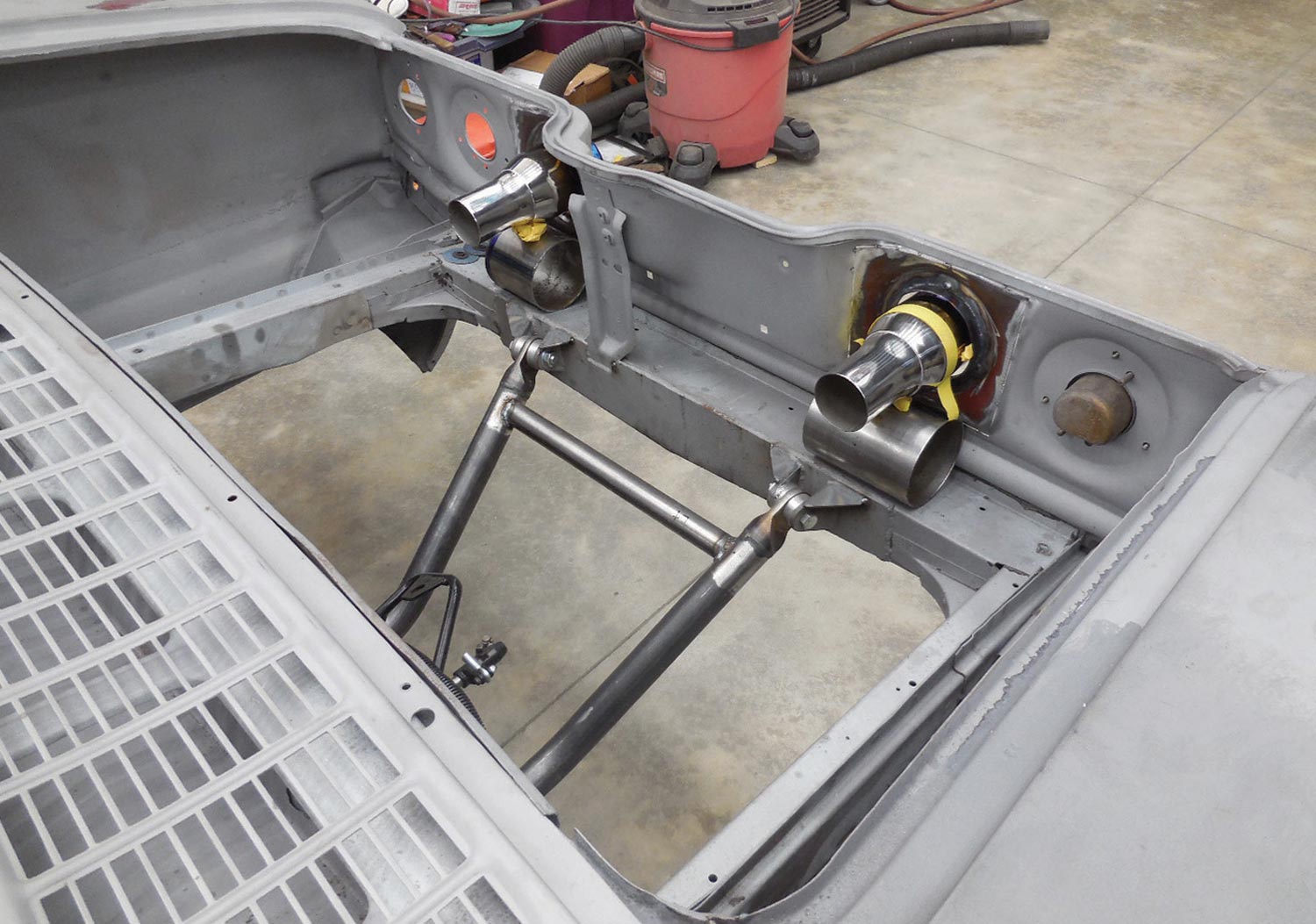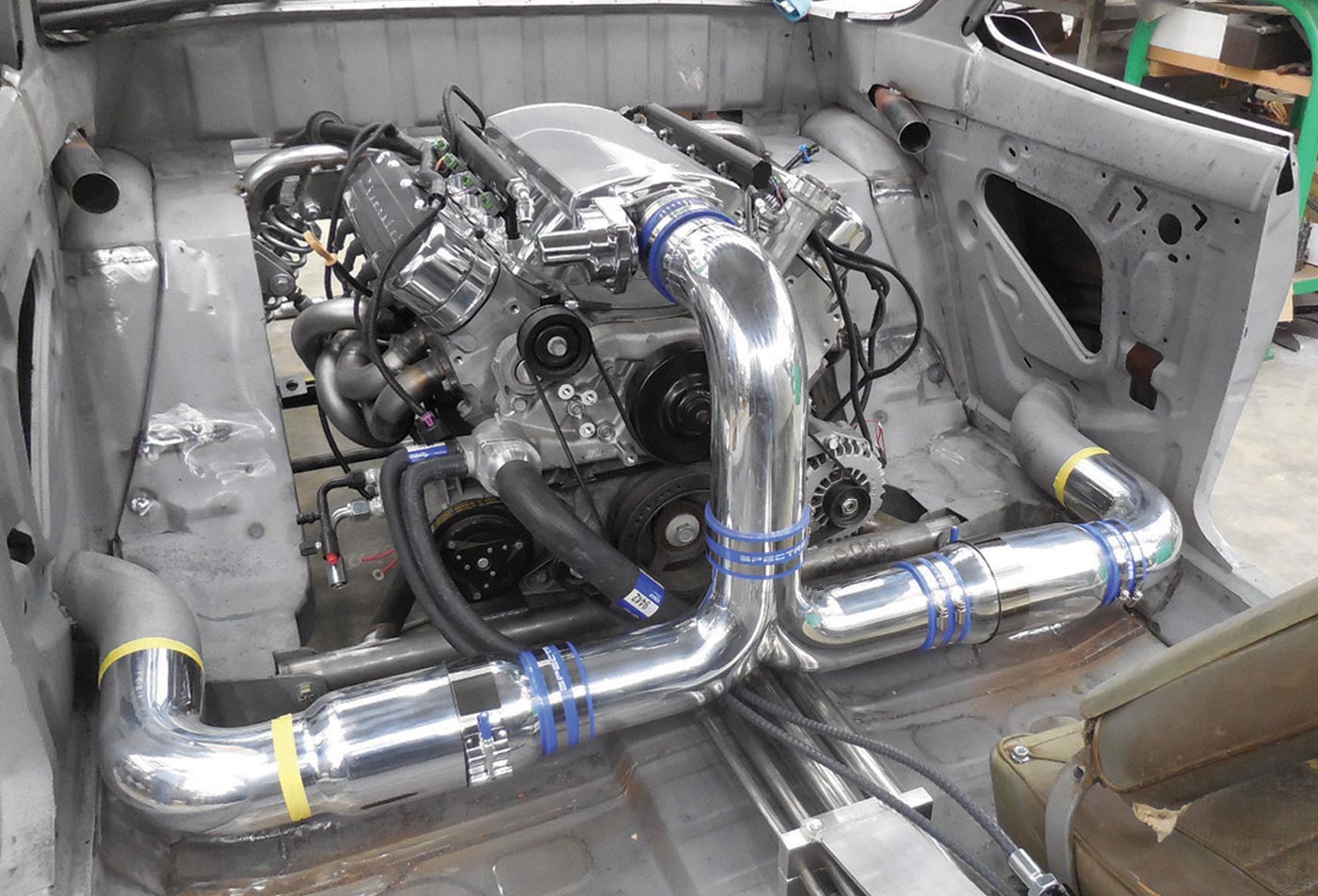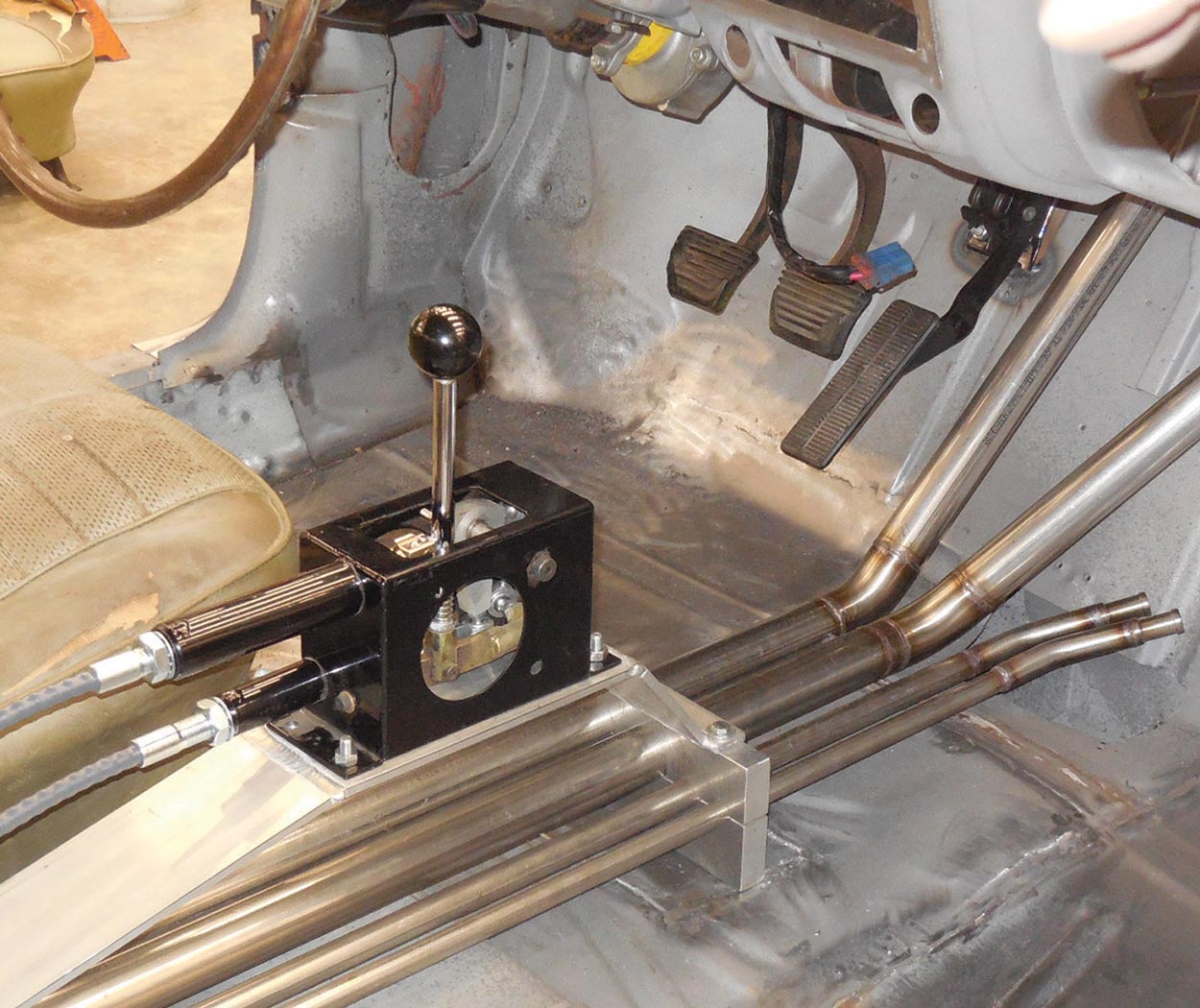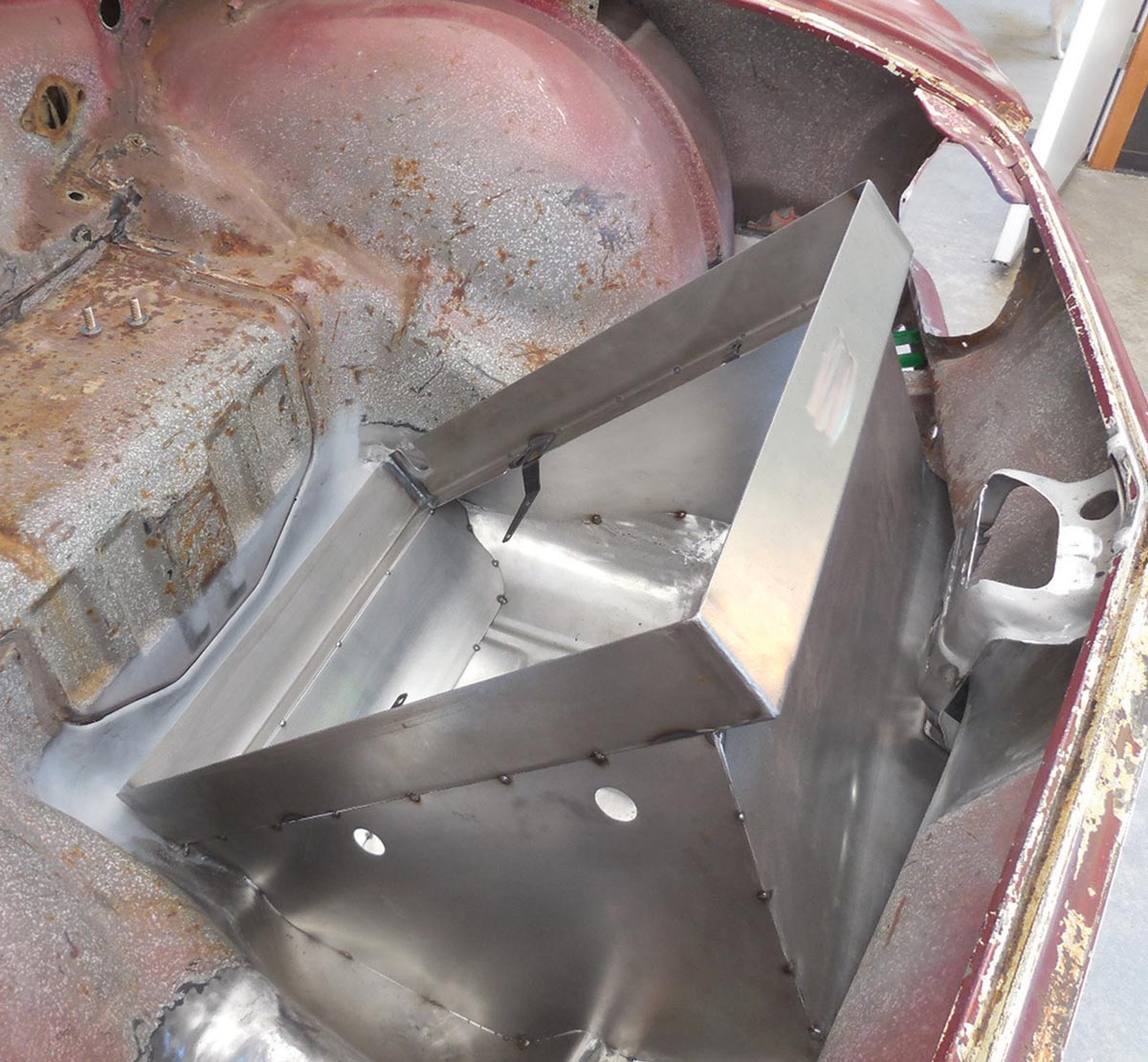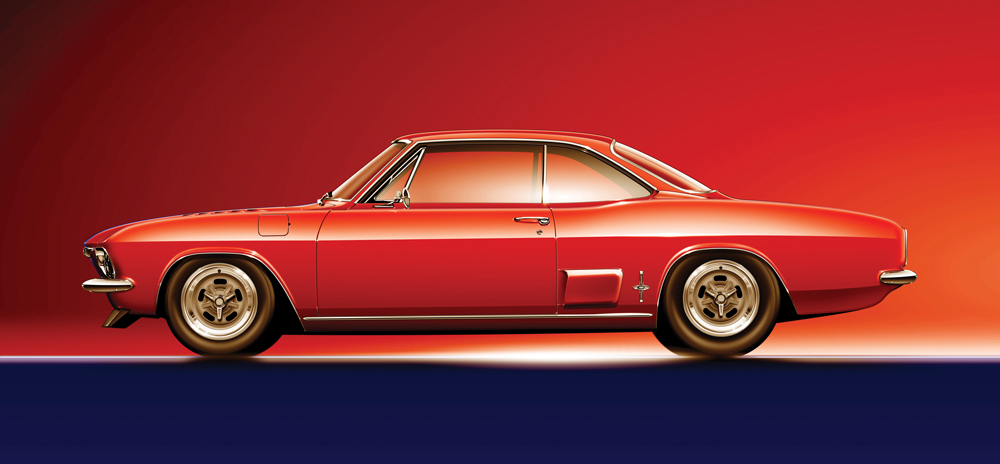

 Photography by Lonnie Gilbertson
Photography by Lonnie Gilbertsonhen Chevrolet introduced the Corvair for 1960 it was revolutionary in many regards. The rear-mounted, air-cooled engine arrangement was not unusual for European cars (Volkswagen, Renault, Fiat, and others) but for GM to try it didn’t just push the contemporary American design envelope, it tore it apart.
Among other issues, Nader claimed the Corvair was swing axle rear suspension and could cause the outside rear wheel to tuck under during extreme turning maneuvers, causing the driver to lose control and the car to roll over (claims a later safety commission report found to be untrue). For 1965 the Corvair’s swing axles were replaced with a Corvette-like IRS system. Along with other suspension modifications the handling characteristics were now thought by many enthusiasts to be first rate. But it was too little too late; the public didn’t trust the Corvair, so production came to a halt in 1969.
Over the years there have been several impressive examples of modified Corvairs: the Yenko Stinger that retained the original horizontally opposed six-cylinder engine modified to produce 190 hp and several V-8 swaps, the most notable being the Crown conversion kit in the late ’60s. But what we have here is what we think is the ultimate Corvair, Lonnie Gilbertson’s RareVair.
Gilbertson has a long history as a hot rodder. He’s campaigned a Buick-powered gas dragster, been involved in circle track racing, and is a two-time winner of the AMBR trophy (America’s Most Beautiful Roadster) in 1971 and 1975. Over the years Gilbertson has built a variety of cars, but this latest effort was inspired by the 1965 Corvair Corsa his brother had in the late ’60s. As Gilbertson explains, “I have always liked the style of the 1965-1969 car; as it happened, I found a 1965 Corsa that was good enough to build. I wanted to build the car with a Yenko Stinger flavor (they were built to compete on the road race circuit), instead of a hopped-up flat-six I thought a mid-mounted V-8 would be cool and satisfy the hot rodder in me.” And so the RareVair was born.
As might be guessed, dropping a V-8 and transaxle in the back seat of a Corvair is not without challenges. There were such things as reinforcing the unitized chassis in all the critical areas to consider, where to mount the radiator, how to deal with shifter and clutch linkage, and that’s just the short list. There were also a host of sheetmetal modifications that would be required, which we’ll get into in Part II of the RareVair build. In the meantime, take a look at what it took to create the Corvair that Chevrolet should have built.
